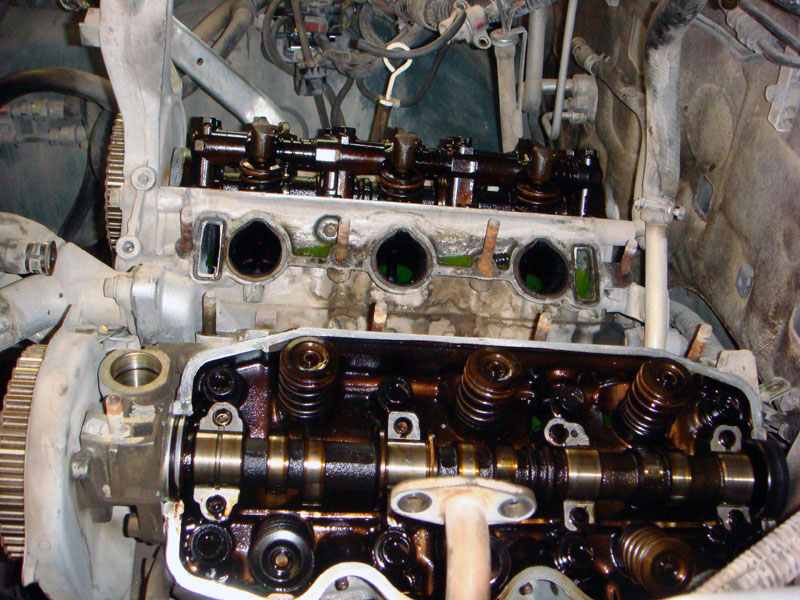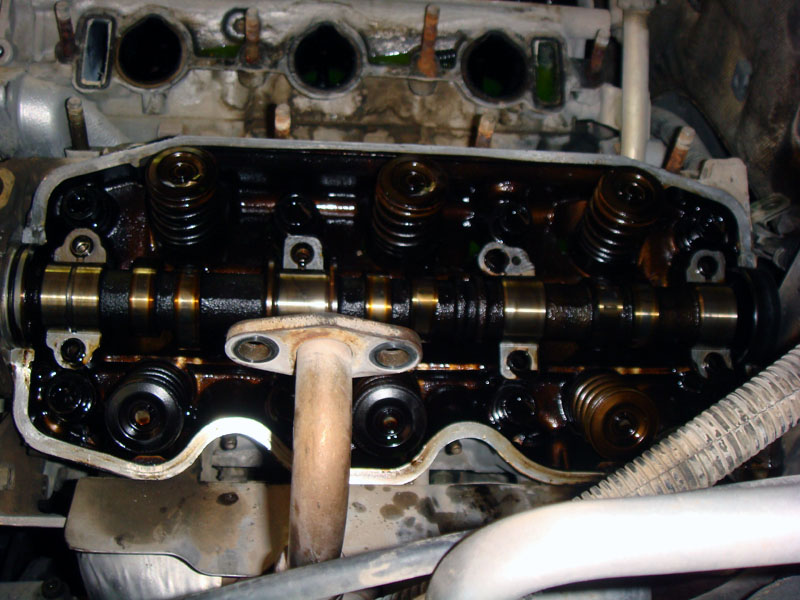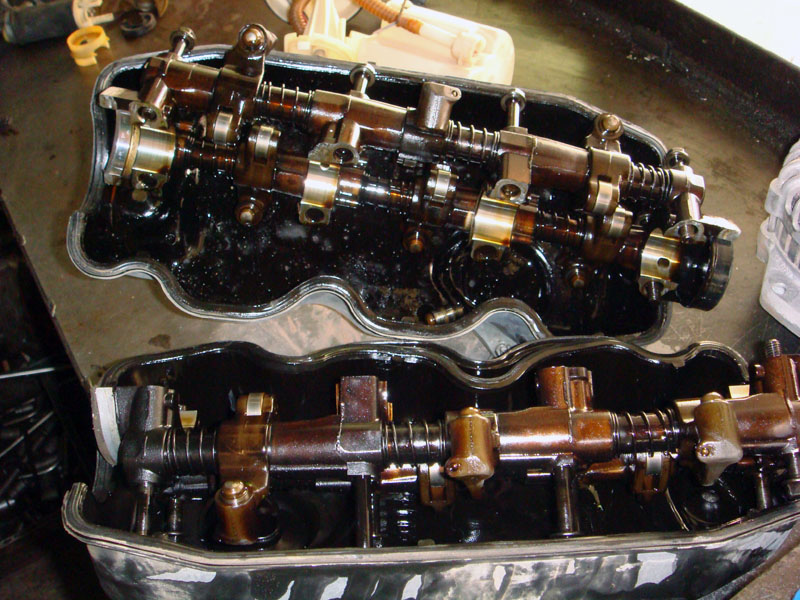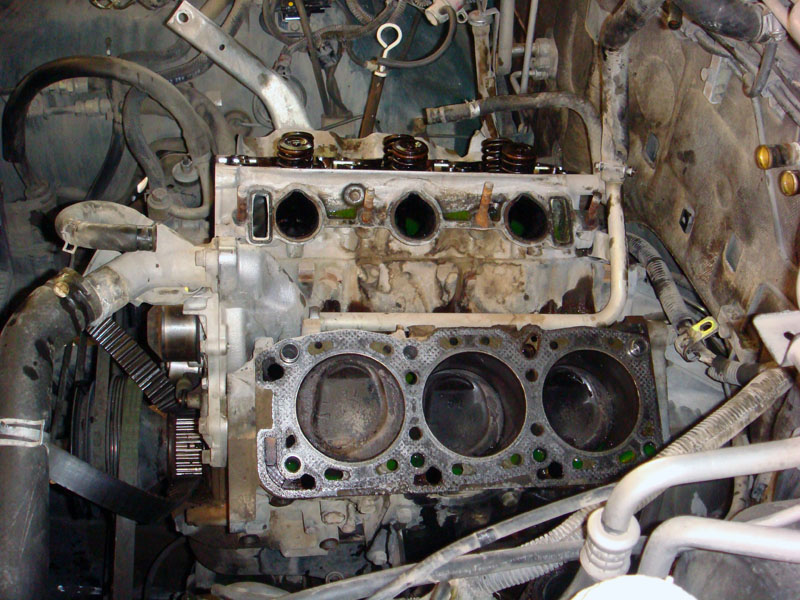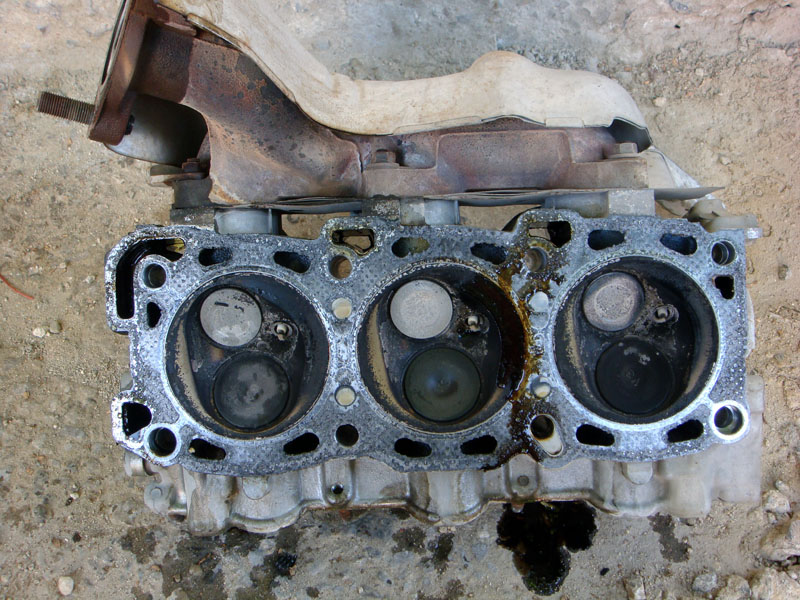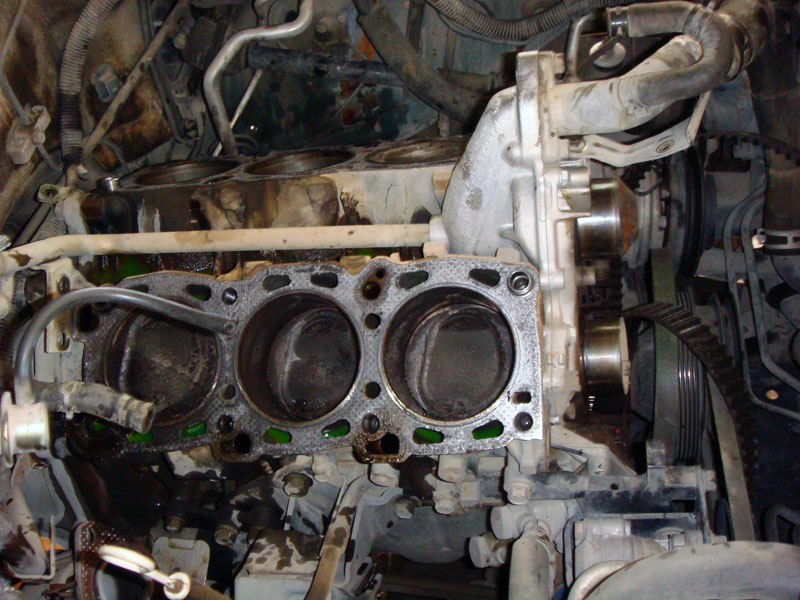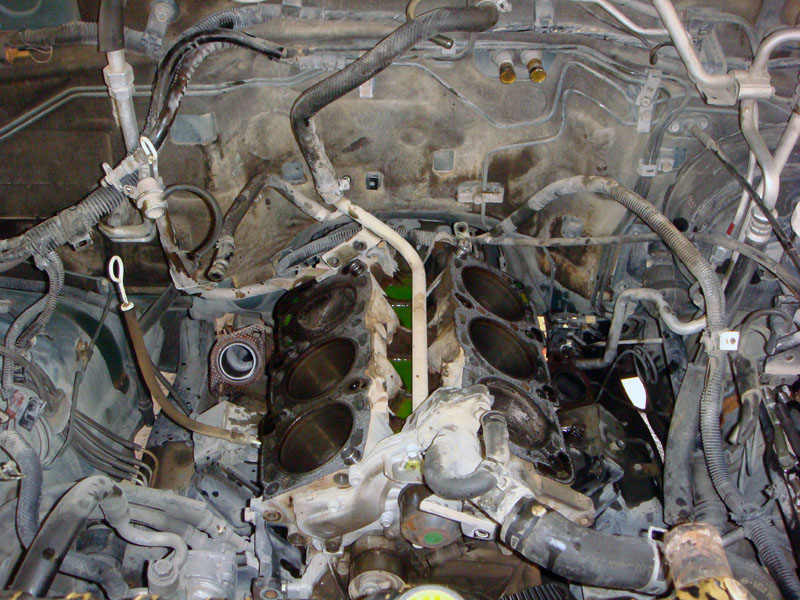Some pictures I took of the cylinder head I started overhaul today. Took about 4.5 hours to remove the cylinder heads, and even more effort to remove the really hardened valve seals. They were literally rock hard, despite 4 ARX treatments. I haven't done anything to the pictures other than shrink them, I'm about to hit the sack.
Anyhow the heads are now at the shop, they've put them in a tank for cleaning and they will be installing the new valves and valve guides tomorrow morning. I've also got an overhaul kit, so I'm replacing everything right down the the exhaust manifolds and head gasket whilst the head is off. Going to be running Motorcraft 10W-30 for a while with some MMO prior to the OCI, and make the switch to M1 0W-40. That should clean up all the dust, sprays, etc. used during the process. Thanks to StevieC for the suggestion!
 No more smoke, no more oil consumption.
No more smoke, no more oil consumption.

Good news is, the spark plugs and injectors were quite clean - thanks to MMO and TC-W3.
 Here are some pictures I thought I'd share:
Here are some pictures I thought I'd share:
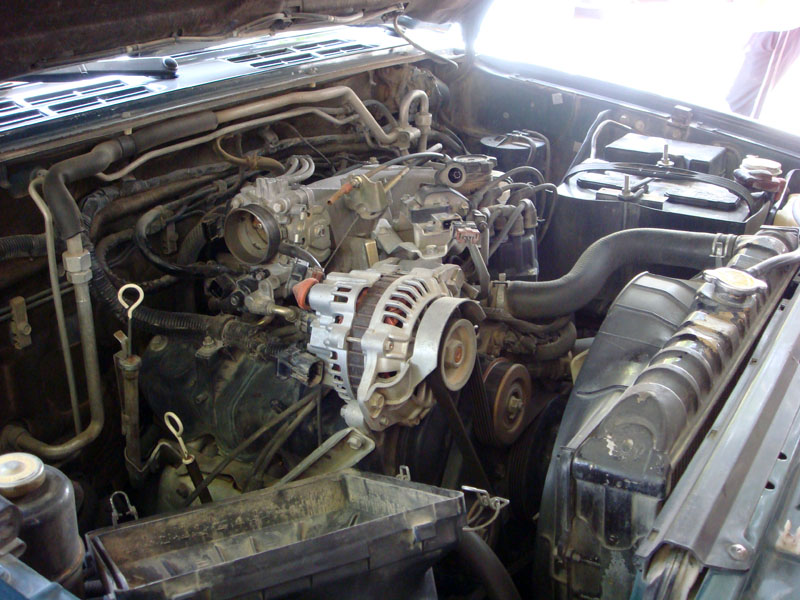
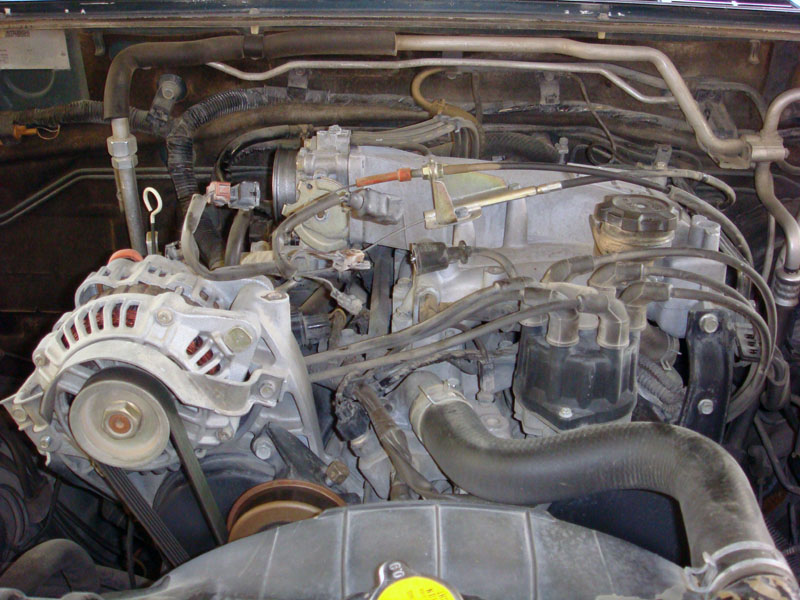
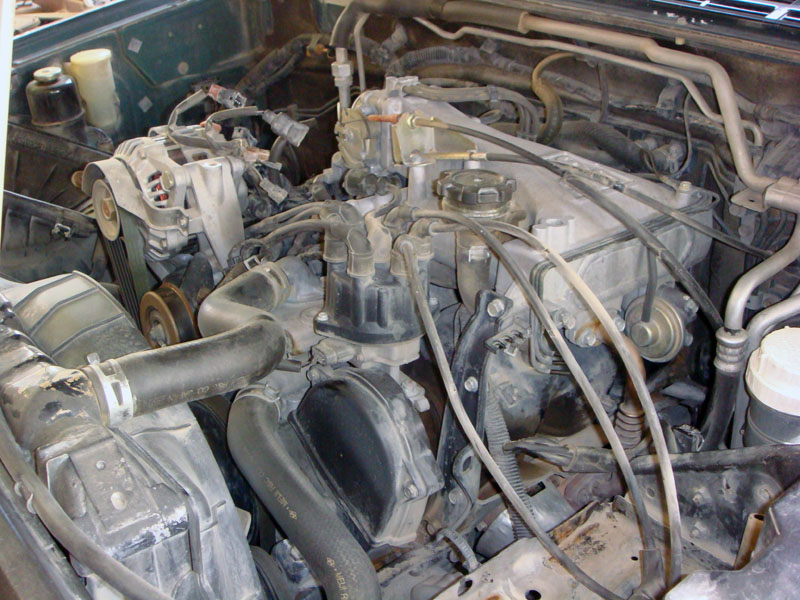
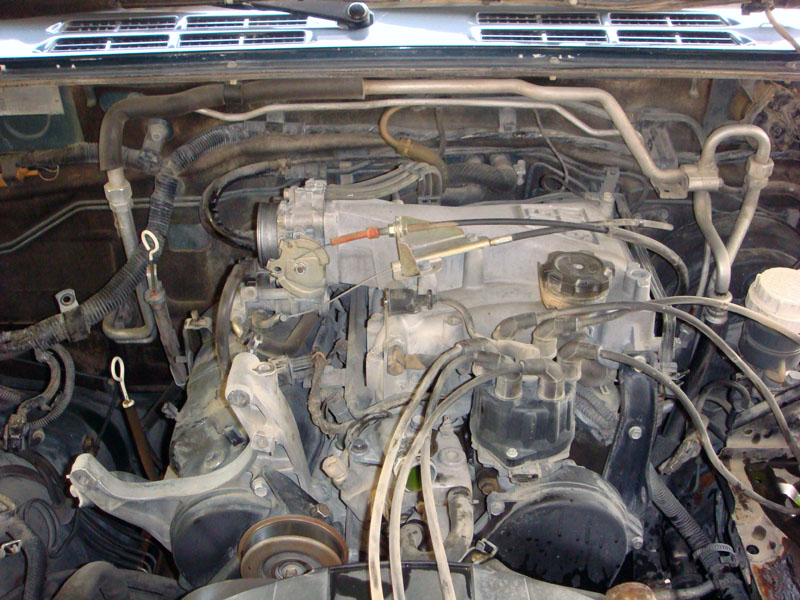
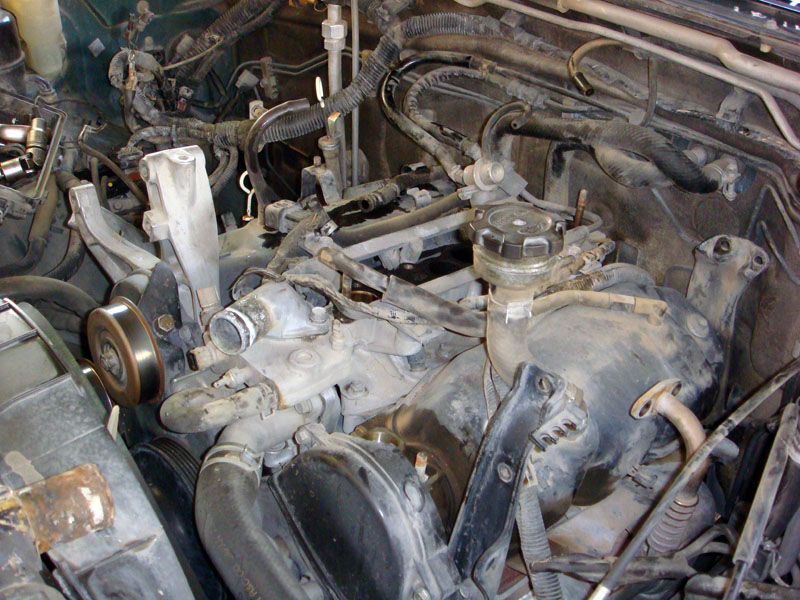
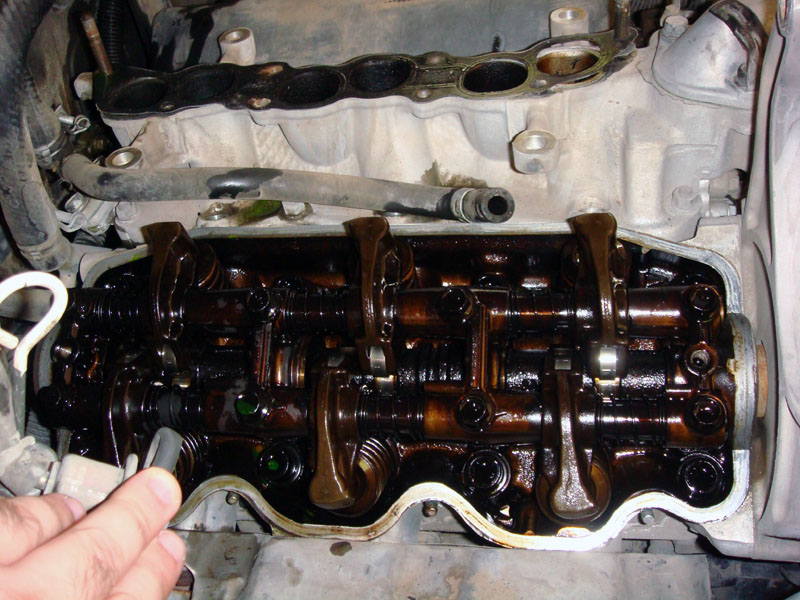
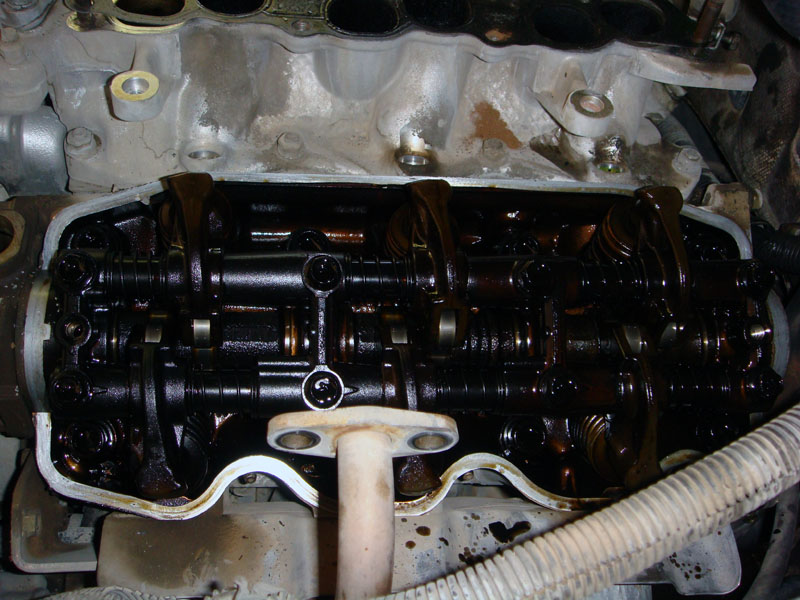
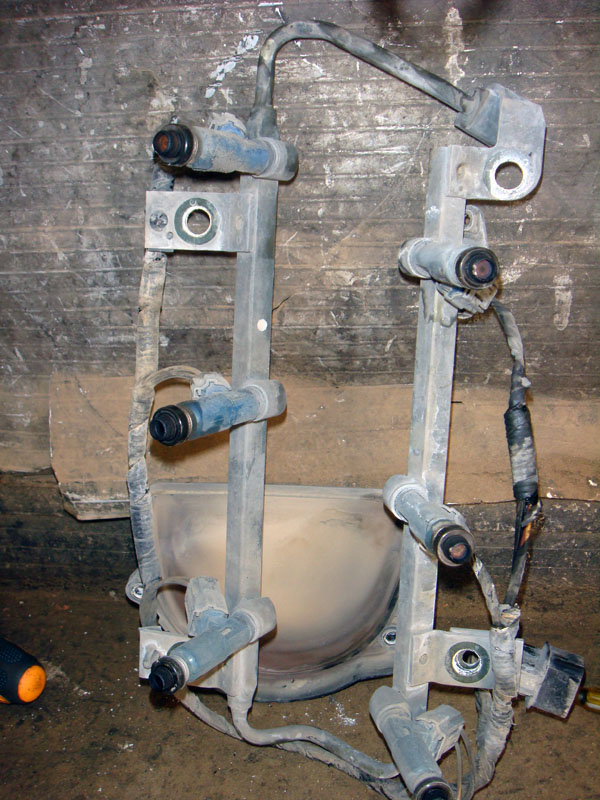
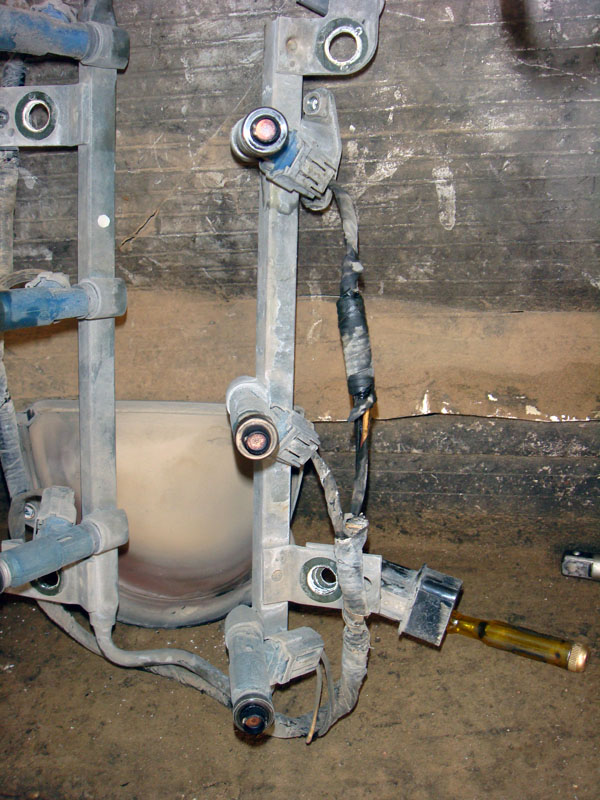
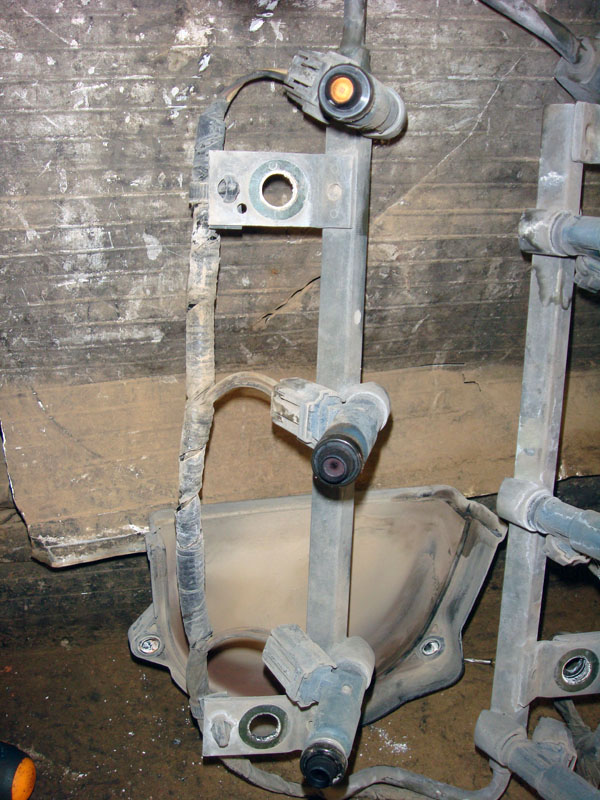
Anyhow the heads are now at the shop, they've put them in a tank for cleaning and they will be installing the new valves and valve guides tomorrow morning. I've also got an overhaul kit, so I'm replacing everything right down the the exhaust manifolds and head gasket whilst the head is off. Going to be running Motorcraft 10W-30 for a while with some MMO prior to the OCI, and make the switch to M1 0W-40. That should clean up all the dust, sprays, etc. used during the process. Thanks to StevieC for the suggestion!


Good news is, the spark plugs and injectors were quite clean - thanks to MMO and TC-W3.












